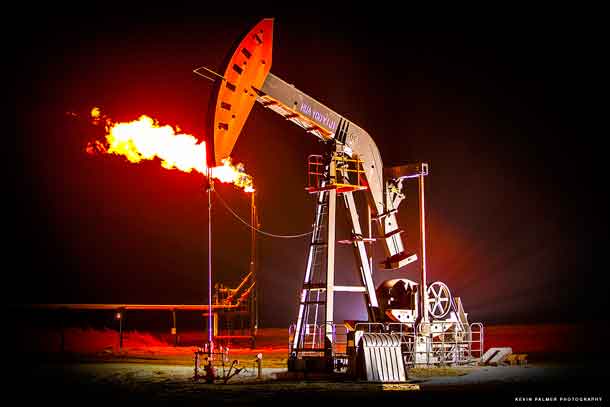That means less investment, less job creation and ultimately less prosperity for Canadians
By Elmira Aliakbari and Ashley Stedman -The Fraser Institute
|
With pipeline shortages driving down the price of Canadian oil, the losses for the energy sector – and for Canada’s economy – are staggering.
According to a new study, insufficient pipeline capacity cost Canada’s energy sector $20.6 billion – or one per cent of the country’s economy – in foregone revenues last year.
Despite increased oil production in recent years, Canada has been unable to build any new major pipelines. High-profile projects including the Northern Gateway and Energy East projects have been cancelled. And the Trans Mountain expansion, Line 3 replacement and Keystone XL pipeline remain mired in delay.
Take the Trans Mountain pipeline expansion project, for example. After years of regulatory delays and political interference, the project’s future remains uncertain. The proposal to expand the existing Trans Mountain pipeline between Edmonton and Burnaby, B.C., was first approved in 2016. However, the Federal Court of Appeal rescinded that decision last year, ruling that neither the environmental review nor the Indigenous consultation were properly completed.
And despite a revised National Energy Board ruling that deemed the project in the public interest, the B.C. government continues to oppose the project and is pursuing legal means to block the expansion.
Such delays and political opposition raises serious concerns about whether the pipeline will ever be built.
So what are the consequences of all these delays? How is insufficient pipeline capacity affecting our economy?
We have an overdependence on the U.S. market, increased reliance on more costly modes of energy transportation, and rising oil inventories in Western Canada.
Producers are shipping their crude by rail, a higher-cost mode of transportation (and less safe – pipelines are 2.5 times less likely to experience an oil spill than rail transport). Higher rail rates are absorbed by Canadian oil producers, leading to lower profits for Canadian crude and a wider price differential between Western Canada Select (WCS) and U.S. crude West Texas Intermediate (WTI).
It hasn’t always been this way. Between 2009 and 2012, the price differential was roughly 13 per cent of the U.S. crude price. And that difference was seen by producers as one of the costs of doing business in Canada.
But recently, this price difference has skyrocketed.
In November 2018, the price differential reached almost 70 per cent of the U.S. crude price, meaning Canadian heavy oil was sold at only 30 per cent of the value of U.S. oil.
In addition to the negative impacts on oil producers, these high price differentials result in lower-than-expected royalties (the government’s cut of every barrel produced) and lower corporate income tax revenue for energy-producing provinces and the federal government.
This is revenue that could have been used for vital services such as health care and education and/or reduced taxes.
In response to the drastic price discount, in late-2018 the previous Alberta gov ernment introduced a temporary production limit on oil producers in an attempt to address excess supply and insufficient export capac ity.
Since this limit was implemented, the price differential has narrowed. But clearly, building new export pipe lines remains the only long-term solution to ensure Canada’s valuable exports receive prices closer to world market prices.
The real issue is that Canadian heavy oil producers lost a staggering $20.6 billion in forgone revenues last year compared to what other producers of similar products received.
That’s roughly one per cent of our economy lost because we can’t deliver our product to international markets to secure better prices. This loss of revenue means less investment, less job creation and ultimately less prosperity for Canadians.
Unless Canadians are willing to continue to incur large losses and less investment, the federal government and several key provincial governments must co-operate to get pipelines built.
Elmira Aliakbari is associate director of natural resource studies and Ashley Stedman is a senior policy analyst at the Fraser Institute.
|







